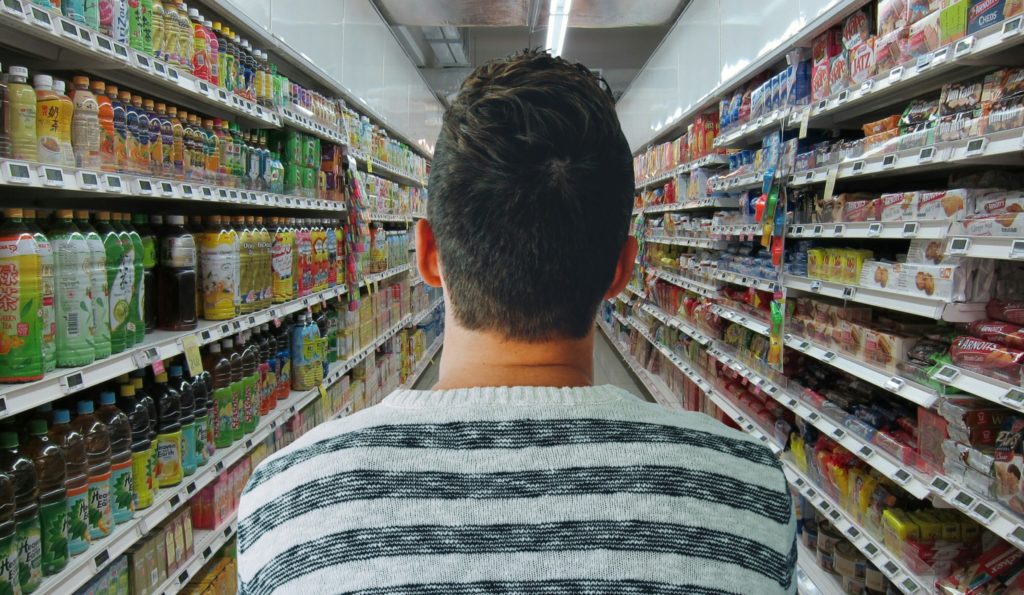
The packaging industry is in a state of flux. On the one hand, companies are trying to provide affordable, sturdy boxes to clients ordering their products. On the other, consumers are starting to become more eco-friendly, so businesses have to shift their entire outlook. How will this new trend impact enterprises across the board, and what does this mean for the sector?
Consumer Demands on the Rise
Consumers are the heartbeat of the packaging industry, and their whims and demands shape the way products are boxed up. More than ever, these individuals are seeking eco-friendly options — and it’s not just because it’s impossible to get those plastic clamshell packages open. Of those surveyed, 57% of consumers stated they’re willing to pay more for a product that offers eco-friendly packaging. Seven years ago, only 49% were willing to do the same.
Many companies are already starting to make the transition to eco-friendly packaging options. Guinness, for example, is gluing its beer cans together instead of opting for plastic rings. Grocery chain Aldi is working toward offering fully sustainable packaging on all its products by 2025.
Companies might be wondering how they can make the transition to eco-friendly materials. They want to be able to secure this new brand of consumer that is concerned with their impact on the environment. Thankfully, there are plenty of packaging options available, with more emerging every day.
Eco-Friendly Packaging Options
For most companies, plastic, corrugated cardboard, bubble wrap and styrofoam peanuts are all standard packaging options — but three out of those four choices aren’t recyclable or sustainable. In some places, like New York City, it’s against the law to use styrofoam for packaging.
What are the alternatives for companies that want to answer consumer demand and provide eco-friendly packaging for their customers?
Instead of plastic bubble wrap, there’s a corrugated option. Upcycled cardboard is cut to create a concertina pattern that provides the same sort of shock protection the synthetic version does while being more sustainable and recyclable.
Shopping bags made from organic fabrics could replace plastic grocery bags. They are made from hemp, recycled cotton and other sustainable materials. Unlike plastic bags, which can take up to 1,000 years to decompose, these organic alternatives can be reused. If discarded, they will biodegrade in around 100 days.
Food waste can even be made into packaging. One brewery in Florida turns its leftover barley and wheat ribbons into edible six-pack rings — something traditionally made of plastic. Any animals that come into contact with these rings don’t have to worry about getting tangled — they can snack on them instead.
These are just a few examples of eco-friendly alternatives. The global packaging industry is expected to be worth $1 trillion by 2020, and the demand for eco-friendly packaging options is driving a lot of this growth. Smart companies will make the switch in order to remain competitive.
The Impact of Eco-Friendly Packaging
What impact will eco-friendly packaging have on the industry — and on the companies that rely on it?
As a business owner, choosing sustainable packaging will help reduce your company’s carbon footprint. If moving away from plastics isn’t an option, choosing recycled materials can help reduce plastic waste in landfills and oceans. A study by Standford University found that by recycling 1 ton of plastic, a company can save 5,774 kWh of power and 98 million BTUs of heat energy. It also keeps companies from wasting 16.3 barrels of oil and conserves 30 cubic yards of landfill space. That’s just plastic.
Around 40% of the plastic produced around the world every year is used in packaging, and only about one-fifth of it is recycled. Switching to recycled materials could help reduce a company’s carbon footprint while bringing in consumers who don’t want to buy single-use plastics.
With the new brand of an eco-conscious consumer making their desires known, switching to eco-friendly packaging materials isn’t optional anymore. Companies that don’t make that transition will likely see their customer base shrink dramatically. These consumers might not be decision-makers for their favorite companies, but they’ve learned how to vote with their wallets, and that speaks louder than anything.
Looking Toward the Future
Companies that haven’t switched to eco-friendly packaging yet may already be feeling the pinch. This is no longer an option or a way to follow the latest fad. Green packaging is swiftly becoming the industry standard because consumers want their favorite brands to do their part to protect the environment.
Consumers are making their demands known by voting with their wallets. It won’t be long before single-use plastics and nonrecyclable packaging materials like styrofoam become a thing of the past. If everyone was willing to pay a little more to purchase products from a company that switched to eco-friendly packaging, we could start making some dramatic changes across the industry.
















